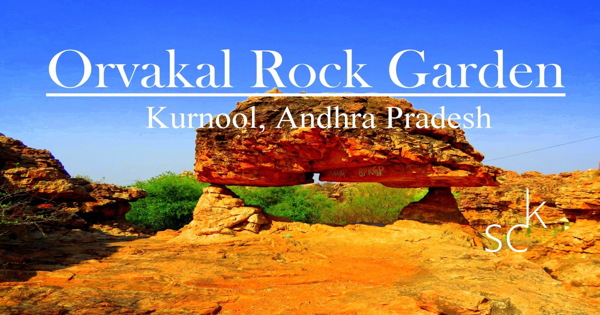Wonderful Monuments Of Mahabalipuram
- Wonders Of Mahabalipuram - Krishna's Butter Ball, Shore Temple, Pancha Rathas, Arjuna's Penance, Tsunami Temple, Royar Gopuram, Light House...
- Group of Monuments Mamallapuram (Mahabalipuram), Tamil Nadu, India.
- Mahabalipuram is known for its monolithic rock structures - monuments and temples - each carved out of one rock! Legend is that artisans would sit on top of a rock and carve out a temple from top to bottom unlike the conventional practice where the top is built at the end.
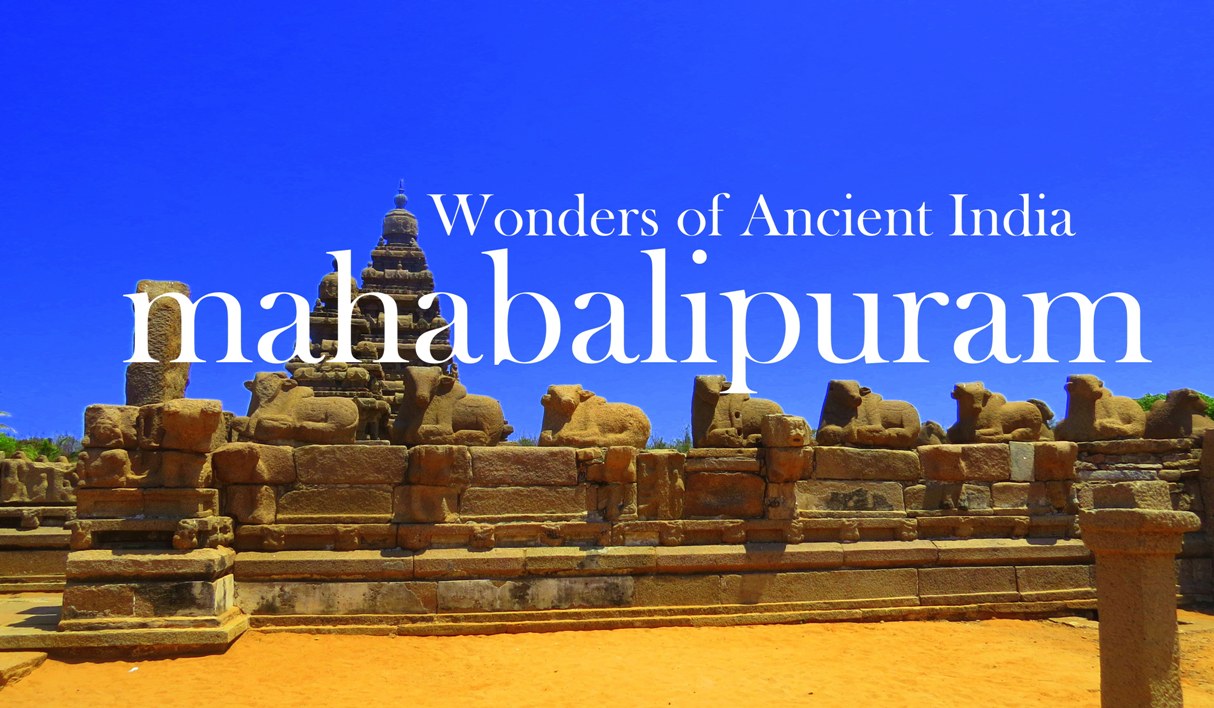
Arjuna's Penance, Mahishasurmardini Cave temple, Adhivarha Cave Temple, Tiger's Cave, Pancha Ratha and the Shore temple are some of the famous monuments that should not be missed. Every one of these comes with an awe-inspiring tale that adds to the experience of being there. However, the Shore temple stands out with its brilliant Pallava architecture and masterful carvings, although most of it has gradually eroded away.
Art Out Of Rock - Mamallapuram (Mahabalipuram)
With its historical monuments, architectural stories, mysterious caves, Mahabalipuram does full justice to its UNESCO World Heritage site title courtesy the magnificent line of ancient stone carvings that both impress and intrigue.
The 7th century erstwhile port city is famous for its rock-cut shore temples. Monolithic rock carved temples are refreshingly uncluttered, unlike later grandiose Dravidian architecture and tower over the waves behind a protective breakwater.
Dating back to the 7th century, the Shore Temple of Mahabalipuram is the oldest rock-cut wonder to reckon with. Making it even more unique is the fact that Lord Shiva and Lord Vishnu reside here together. In fact, it is the only temple in India where Lord Vishnu is found reclining on the floor enjoying the sea waves. All other temples have Lord Vishnu in a standing position.
The layout of the temple is patterned after the perfect cosmic body. It was believed that Shore temple is one of the seven temples that were built along the coastline but it was just a story until 2004 Tsunami unearthed remnants of sister structures that are now being dug up by archaeologists.
A huge rock wall protects the Shore Temple from further erosion. Don't miss the temple in the evenings when floodlights bring back its grandeur full force!.
Shore Temple
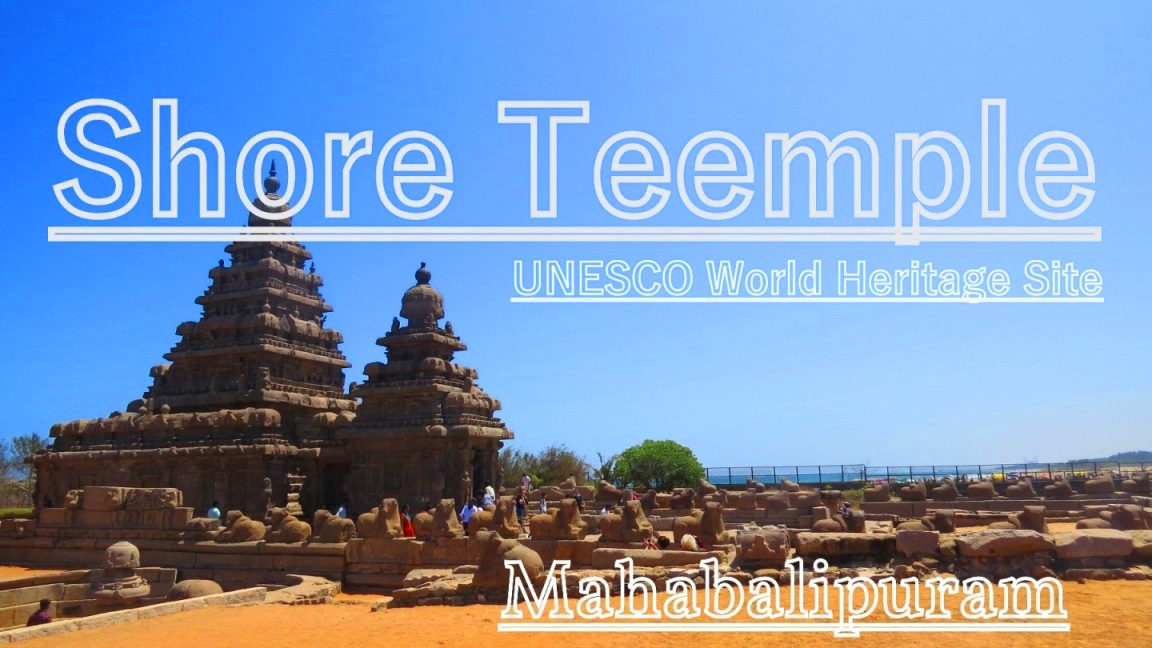
The Shore Temple on the Bay of Bengal was constructed in the 7th century during the rule of King Narsimha-Varman II Rajasimha (c. 690-728). It consists of two sanctuaries dedicated to Shiva.
The site was slightly damaged by the 2006 Asian tsunami.
Krishna's Butter Ball Complete Video:
Weird But True: The mystery of the balancing rock of Mahabalipuram The Krishna's Butter Ball or Vaanirai Kal (Stone of the Sky God), as it is known to locals, has been sitting on a 45-degree slope in Mahabalipuram for over 1,400 years.
Descent of the Ganges - Arjuna's Penance at Mahabalipuram
Arjuna's Penance - This 1300 year old ancient Indian sculpture at Mahabalipuram Shows Shape shifting Reptilians & Ancient Astronauts.
1300 year Old Optical illusion at Mahabalipuram
Most Amazing and Stunning Optical illusion was carved almost 1300 years ago.
Bhima's Kitchen at Mahabalipuram
Bhima's Kitchen, these giant monoliths can be seen hugging one another near the Arjuna's Penance monument and Krishna's Butter Ball.
120 year old Light House at Mahabalipuram
The lighthouse with a circular masonry tower made of natural stone became fully functional in 1904.
India's oldest lighthouse, built around 640 AD by Pallava king Mahendra Pallava stands next to this modern structure. The Pallava era lighthouse is a protected monument, maintained by the Archaeological Survey of India.
Mahabalipuram was a busy port under the Pallavas as early as the 7th century AD. Bonfires were lit on rocks even at that time to aid the mariners. The British first used the temple atop the Mahishasuramardini cave as a light (left). The new lighthouse and the old lighthouse are adjacent to each other (right).
Beautiful Rock Beach at Shore Temple, Mahabalipuram
Pancha Rathas, Mahabalipuram (The Five Rathas of Mamallapuram )
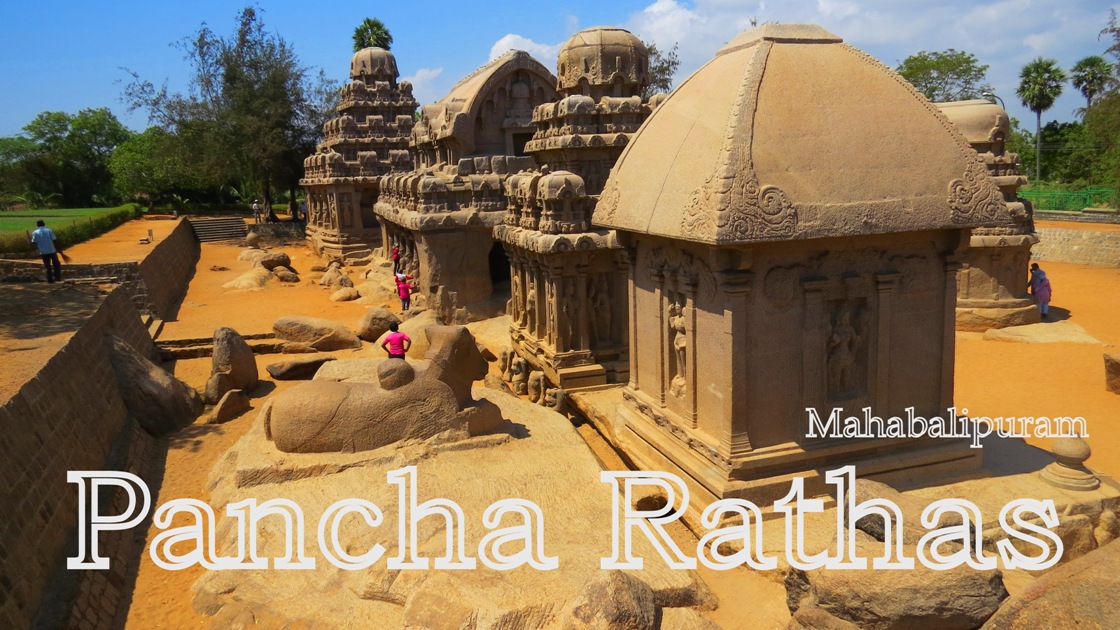
Rare example of monolithic rock-cut buildings.
Pancha Rathas are some of the most surprising structures not only in Mahabalipuram but in the whole Southern India. This group of ornate, monolithic structures was cut from a single stone in the late 7th century.
It is not known what was the true purpose for the building of Pancha Rathas. But as the inscription in one of these amazing structures tells, this happened during the times of the great Tamil king Mamalla (Narasimhavarman I, ruled sometimes around 630 - 670 AD).
Rock-cut architecture is not that common in the world and most of it represents caves and passages cut in rock. Pancha Rathas though belong to the very rare examples where whole buildings with ornate exterior and interior are cut from live cliff.
Sample collection of Dravidian architecture
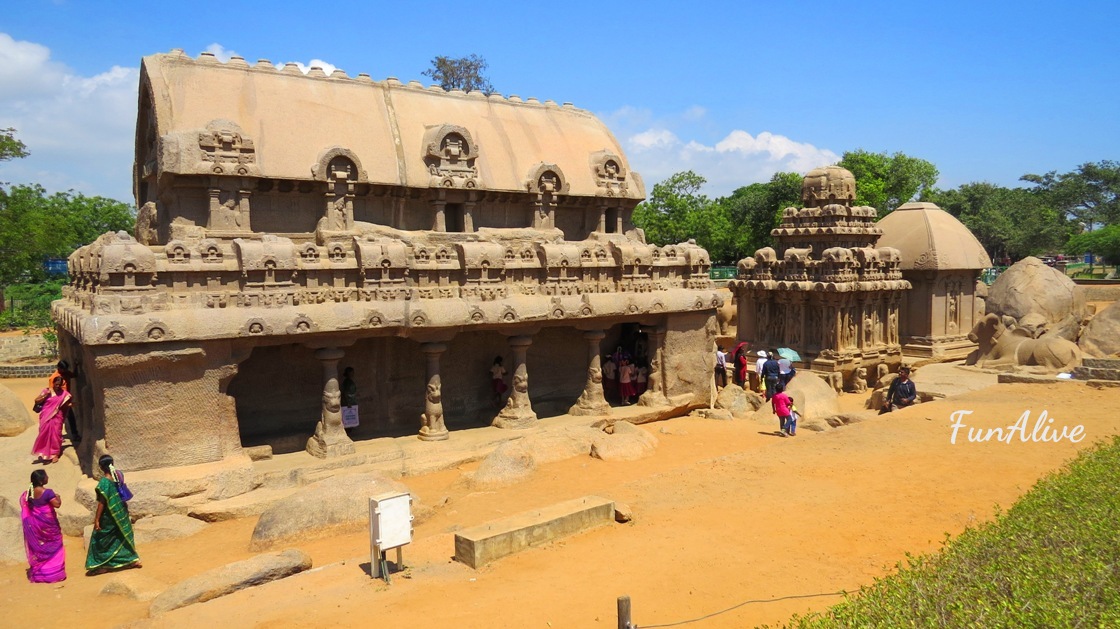
The incredibly skilled Indian stonecutters here used a ridge of pink granite and, by removing the "spare" cliff, created a five structures - rathas - and three large monolithic sculptures among these structures.
Structures are named rathas (ritual chariots - temple carts) as somebody in the past thought that they resemble such carts. Pancha rathas in Hindi mean "five chariots". This term, of course, is not correct because these temples are not moveable. Four of these rathas though are arranged in a row - like a procession frozen in stone.
Art historicians speculate that these rathas were created as models of diverse typical South Indian temples. Their architecture most likely is much influenced by the architecture of wooden structures.
All five rathas have very diverse planning, architecture and ornamentation and in a way serve as textbook examples of South Indian temple architecture.
Five shrines and three sculptures
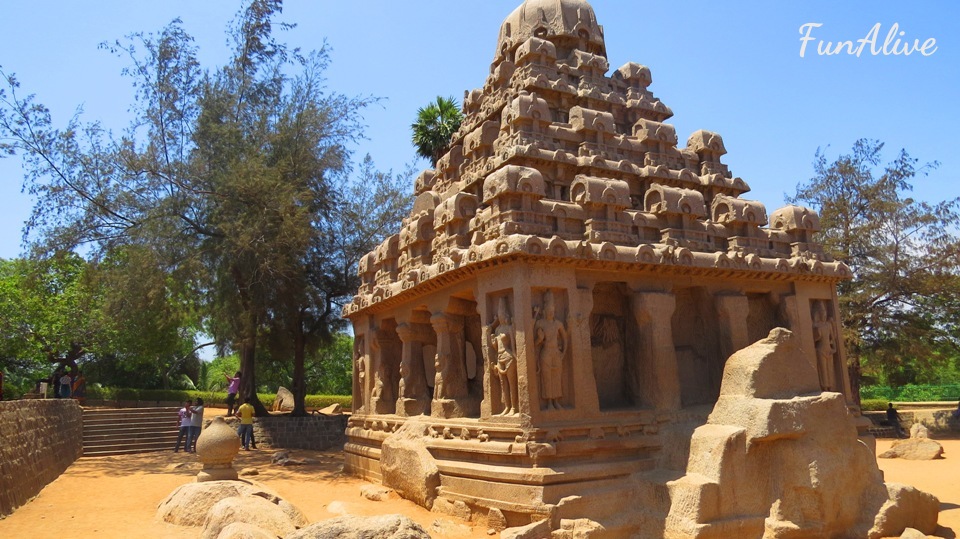
Four rathas have stepped pyramidal roofs.
Each ratha has got interior room - simple and narrow sanctuary (garbha-griha).
Rathas are named after Draupadi and the Pandava brothers - what is not quite correct as these shrines have nothing to do with these characters of Mahabharata. The five rathas are (from north to south):
Draupadi Ratha
Arjuna Ratha
Nakula Sahadeva Ratha
Bhima Ratha
Dharmaraja Ratha
Among the rathas are three large sculptures:

Among the rathas are three large sculptures:
Lion
Elephant
Nandi bull
Pancha Rathas - Draupadi Ratha, Mahabalipuram
Draupadi Ratha:
The closest to the entrance gate is Draupadi Ratha - it is also the smallest one.
This shrine is shaped lika a thatched hut, with a square roof. It and the nearby Arjuna Ratha are on a single platform - upa-pitham, which also is rised and adorned with figures of lions and elephants.
This shrine is devoted to goddess Durga and it shows in the amazing artwork. Possibly the best of them is a fine carved panel, which shows Durga on a lotus pedestal. Goddess is surrounded by other characters, including a man which is preparing to cut off his head as a sign of devotion.
Outside, above the entrance door, is carved a stylised sea-monster. On the eastern wall, there is an interesting sculptural group - Durga standing on a head of Mahishasura - a killed demon.
Some sculptures have not been finished.

